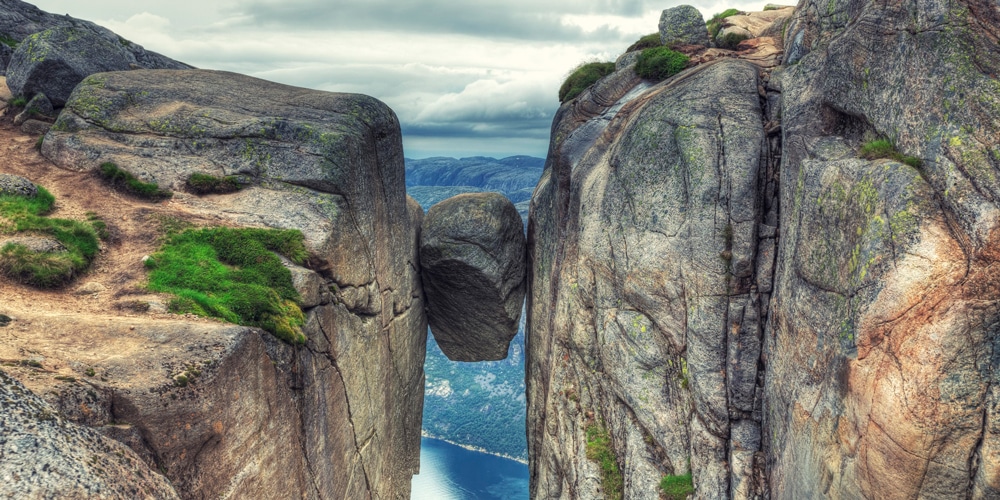
1/9 Kjeragbolten, Norway
One of the world’s most vertigo-inducing photo spots, the Kjeragbolten boulder at the top of the Kjerag mountain is a stunning natural attraction that is great for families with teenagers. Hiking up to the boulder, visitors can see the glacial deposit wedged in between two cliffs with sheer drops either side. There is a 984 metre drop below, so photos from the safety of the nearby mountain is recommended. After taking some pictures why not head to a nearby fjord and rent a kayak to get up close and personal with nature? There is also a ‘Florli 4444’ trail that includes 4444 wooden steps- the longest of its kind in the world- that head up the mountain for terrific views.
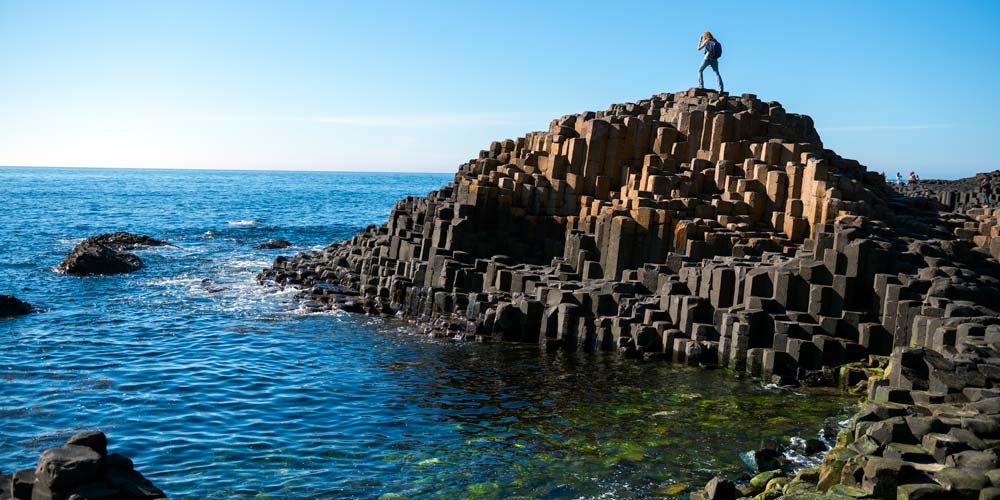
2/9 Giant’s Causeway, Northern Ireland
Located in County Antrim in Northern Ireland, Giant’s Causeway is made up of over 40,000 basalt columns that interlock to form the natural wonder. The formation was declared a UNESCO World Heritage Site in 1986 and a national nature reserve in 1987.
Legend has it that the Irish giant ‘Fionn mac Cumhall’ built the causeway in order to meet another giant to fight. Fionn hid in a cradle and pretended to be a baby, tricking his opponent into thinking that the baby’s father must be a truly colossal and terrifying beast. The terrified opponent, the story goes, smashed the causeway, creating the fractured pieces of stone seen today. A visitors’ centre managed by the National Trust offers scientific and mythical explanations as to how the rocks came to be. There are six must-see sights at the causeway, listed on the National Trust website- print them out and give them to the kids as a checklist along the way.
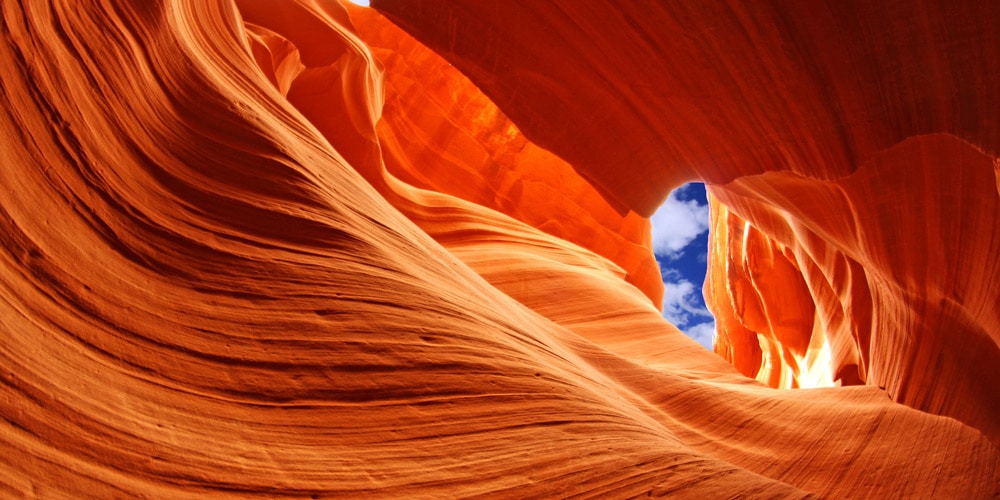
3/9 Antelope Canyon, Arizona, USA
Kids will love getting into explorer mode and winding through the passages of red rock at Antelope Canyon. The ancient sandstone of the slot canyon is swirled into photogenic patterns and the shafts of light beaming through the cracks above create an ethereal, Instagram-worthy effect. The rocks go by other names including Corkscrew Canyon and the original Navajo name of Tsé bighánílíní, meaning ‘the place where water runs through rocks’. Guided tours are essential due to the narrow corridors and maze-like tunnels within the rocks, as well as the risk of flash-floods. Children will enjoy adventuring up and down the flood staircases, bolted into the rocks, and snapping photos of themselves within the canyon’s walls.
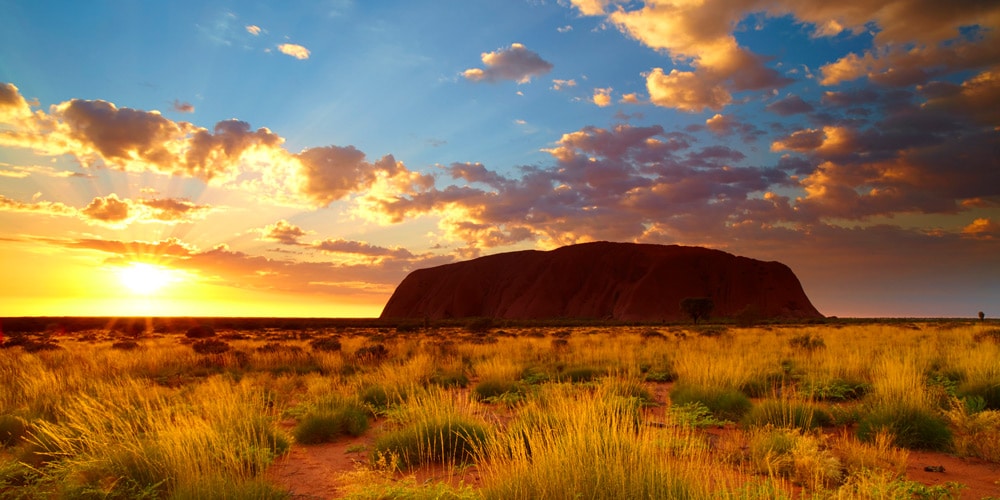
4/9 Uluru, Australia
This gargantuan sandstone monolith is perhaps Australia’s most famous landmark. Sacred to the Aboriginal people of the country, Uluru is said to have been created when Earth, devastated at the fighting between her people, rose up from the ground and wept, and the ancient rock is also said to be the source of wars between mythical serpent creatures.
Children can look out for a surprisingly rich selection of wildlife around Uluru, including the great desert skink, the womba python and seven species of bat that sleep in the shady crevices of the rock. Taking a tour with an Aboriginal traditional owner of Uluru is a once in a lifetime experience, with visitors able to hear sacred stories and enjoy sunset drinks with spectacular views of the national park.
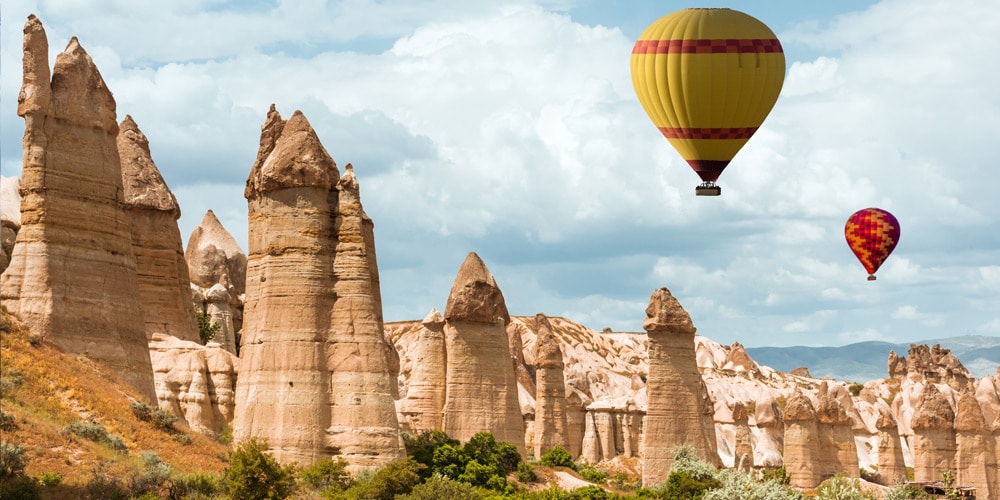
5/9 Cappadocia, Turkey
More than just a rock formation, Cappadocia in central Turkey is an underground city created in caves hollowed out from rock. Intense volcanic activity means that ‘fairy chimneys’, tall pillars of stone, dot the landscape and there is just as much to see below the surface as above it. Visitors can stay in a cave hotel and experience life underground, with candle-lit nooks and crannies in every room. Cappadocia is also famous for its picturesque balloon flights, with hoards of hot air balloons filling the sky and creating a jaw-dropping backdrop for holiday photos. After exploring the city head out for some fresh air and an adrenaline-fuelled ATV ride into the nearby hills to visit local villages.

6/9 Moeraki Boulders, New Zealand
These unusually placed spherical boulders lie strewn along Koekohe beach in on the Otago coast of New Zealand. Children can clamber on top of the rocks for daring holiday snaps as the rocks are between one and two metres in diameter. Māori legend states that the boulders are really the remains of eel baskets and other debris from a huge ship that they claim is petrified in a nearby bay. After hopping over the rocks grab a bite to eat at the Moeraki Boulders restaurant and head to Kitiki lighthouse to continue your nautical adventure down the road. Real ocean-lovers can jump aboard a Moeraki fishing charter and spend a day on the high seas with a hook and a line.

Photo via Wikimedia Commons
7/9 Kummakivi, Finland
Appropriately named ‘the strange stone’, Kummakivi in Finland is a huge rock balanced on another in a gravity-defying display. Located in the heart of a forest in the Ruokolahti province in Finland, the seven metre long boulder is the subject of discussion among locals as to whether it was indeed placed there by trolls. Kids will love practising their superpowers by standing in front of the rock and raising their arms, capturing a photo that looks as though they are lifting it themselves. In reality, although Kummakivi’s position looks precarious it is so solid that human force cannot move it.
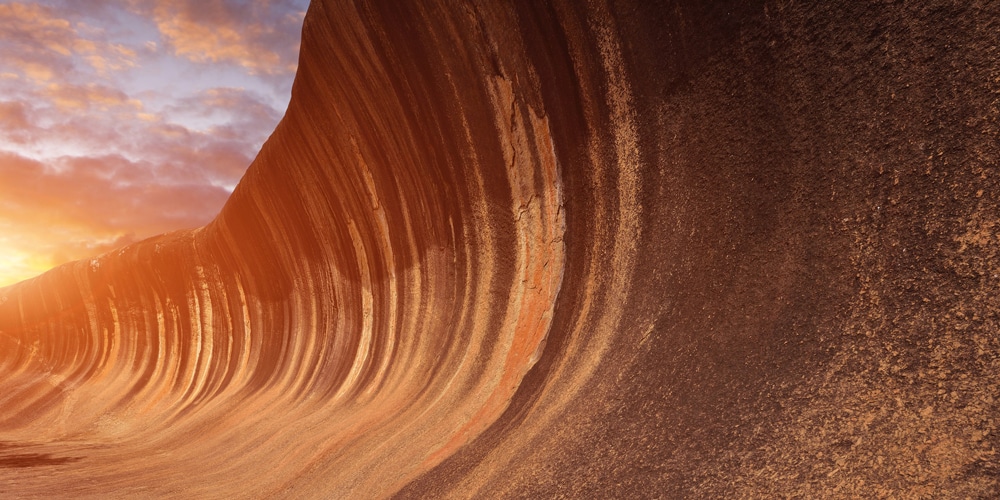
8/9 Wave Rock, Australia
Little ones will love stretching out their arms to get the classic ‘pretending to surf’ shot at Wave Rock in western Australia. At around 15 metres high and 110 metres long, it is a striking feature of the arid Outback. The indigenous Ballardong people believe that the rock was formed by a ‘rainbow serpent’, created when she had sucked all the water from the area and dragged her swollen body across the land. Take a day tour to other unusual local rock formations, including the Hippo’s Yawn, The Humps and Mulka’s Cave.
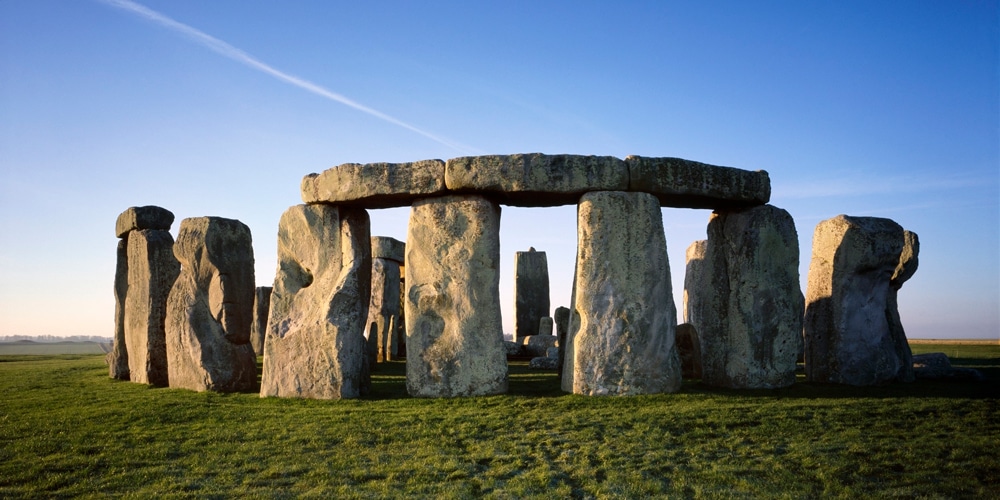
Photo: English Heritage
9/9 Stonehenge
The source of much discussion, myth and mystery, the rocks at Stonehenge in England are arguably the most well-known prehistoric monument in Europe. The visitor centre allows guests to step into the Neolithic era and discover how the people who created the structures would have lived, with over 250 real ancient tools and other objects. Each standing stone weighs around 25 tonnes and is around 13 feet high, which makes the mystery as to how they got there even more fascinating. Its origins are estimated at 2000-3000 BC- yes, even before iPads were invented! When the kids have had enough of the stones, head to Bath for afternoon tea or try out Winchester Science Centre and Planetarium to cram history, geology and physics into one fun day out!

